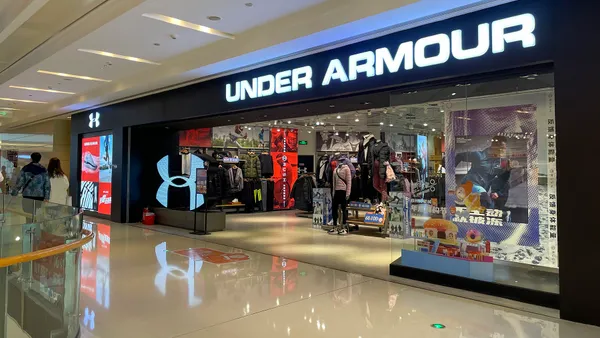Dive Brief:
-
Toy retailer MGA Entertainment announced Tuesday the launch of The MGA Shop website as a way to bring all its top brands under one storefront.
-
Major retailers will continue to sell merchandise from its brands L.O.L. Surprise!, Little Tikes, MGA’s Miniverse, Bratz and Rainbow High, the company said.
-
The new site offers online-only exclusives, limited quantity merchandise and early access to new products and special deals. Alongside the launch, the retailer introduced a new loyalty program.
Dive Insight:
MGA is among the latest companies to lean more heavily on the DTC model to boost sales and leverage customer loyalty at a time when the toy industry reported an 8% sales decline.
DTC brands are focused on expanding their distribution channels as a way to boost sales and increase customer retention. While some digitally native brands are embracing wholesale, others traditionally wholesale brands are focusing more DTC sales.
Meanwhile, MGA said it is leveraging its new DTC site to allow consumers to “shop across all of our brands in one convenient destination with special deals and exclusives,” founder and CEO Isaac Larian said in a statement.
Aiming for a wider audience is nothing new for retailers.
“Executed well, direct-to-consumer sales offer brands an opportunity to capture incremental margin per unit, vs. traditional wholesale, while also providing direct connectivity and corresponding insights around audiences,” Brandon Yoshimura, director in the consumer retail group at Solomon Partners, said in an email to Retail Dive. “[This] can offer advantages related to product development, supply chain and budget, pricing and targeting.
“For most companies, the optimal distribution mix is a blend of wholesale and direct-to-consumer, with specific product and pricing strategies developed for each distribution channel,” Yoshimura said. “Given the maturity in e-commerce enablement solutions, it is easier than ever for traditional wholesale brands to launch direct-to-consumer offerings.”
There have been other examples of traditionally wholesale brands leaning more into DTC channels.
Levi’s announced in 2022 that it would focus on its direct-to-consumer strategy with a goal of getting DTC to 55% of annual net revenue by 2027. Last year, hair care brand Redken launched a new DTC website so customers could purchase products directly from the brand online for the first time. In January, HI-CHEW, maker of the fruity, chewy candy, launched a new direct-to-consumer e-commerce platform.













